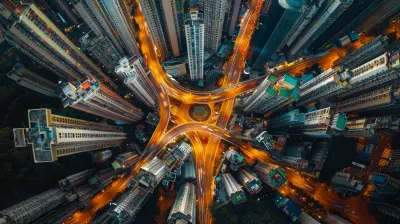The Role of Smart Grids in Enhancing Renewable Energy Adoption
25 November 2025
Let’s be honest — the world is changing, and so is the way we power it. We're going from fossil fuels to cleaner, greener sources of energy. Solar panels are popping up on rooftops, wind farms are dotting landscapes, and electric vehicles are buzzing through our streets. But there's a catch. Renewable energy, amazing as it is, isn't exactly a plug-and-play solution... yet.
So, what’s the missing link? How do we make this transition smoother, faster, and more reliable?
Enter smart grids.
Smart grids are like the brain of the power system — intelligent, flexible, and constantly learning. And when it comes to embracing renewable energy, they’re not just helpful — they’re essential. If you’ve been wondering how we're going to power a renewable future, buckle up—we’re diving into the game-changing role of smart grids in making that happen.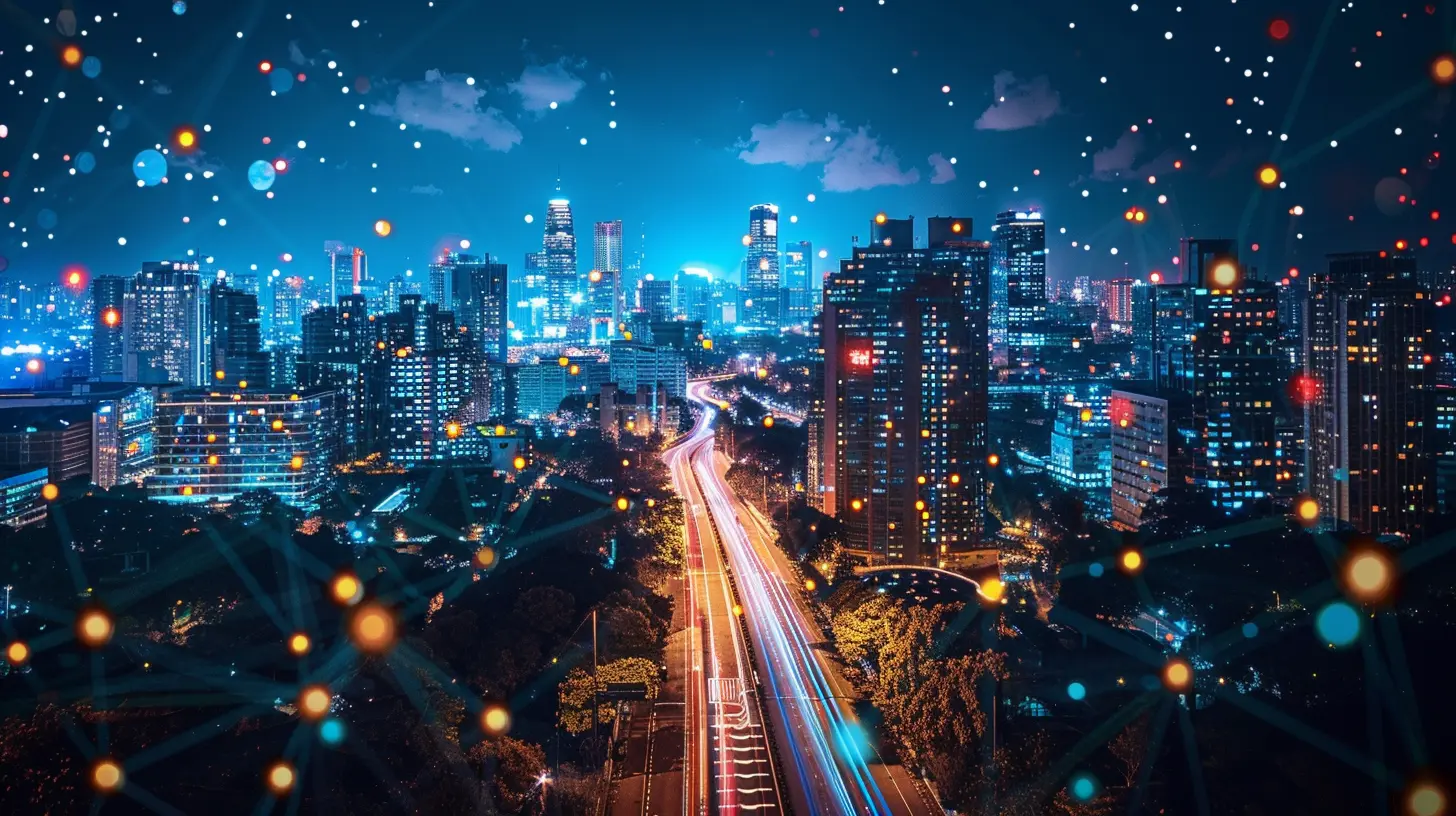
What Exactly Are Smart Grids Anyway?
Let’s break it down.A traditional power grid is a one-way street — energy flows from power plants to homes and businesses with little communication. It's old-school and not very adaptable. Now, think of smart grids as the GPS-enabled, app-updated, two-way superhighway for electricity.
A smart grid uses digital technology to monitor, control, and manage the production and distribution of electricity. It can talk to every part of the energy system — from power stations and wind turbines to your smart thermostat at home.
Here’s where it gets exciting: this level of communication and control makes integrating renewable energy not only possible, but practical.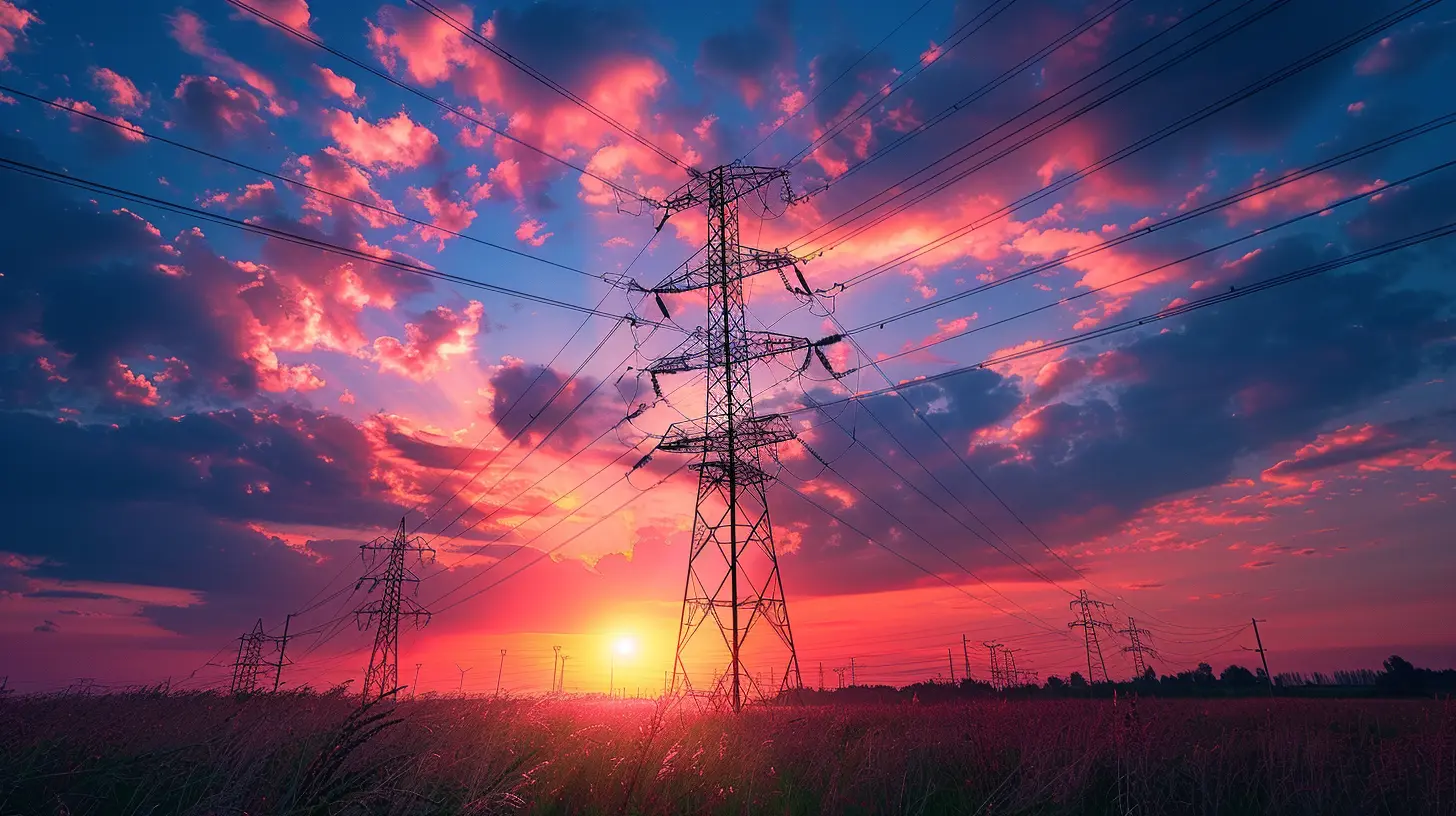
Why We Need Smart Grids to Support Renewable Energy
1. Renewables Are Flaky — Smart Grids Are the Fix
Think about solar and wind energy. They’re awesome because they’re clean and free. But they’re also unpredictable. The sun doesn’t always shine, and the wind doesn’t always blow. This makes managing demand and supply a real headache.Smart grids help balance the scales. They predict energy needs, monitor real-time conditions, and automatically adjust supply and demand. It’s like having a traffic cop that directs energy precisely where and when it’s needed.
2. More Distributed, More Complex
Unlike big fossil fuel plants that supply energy to entire regions, renewables are often scattered — solar panels on homes, wind turbines in rural areas, and small-scale hydro. This decentralized setup creates complexity.Smart grids have the brains to process this chaos. They connect the dots between all these decentralized sources and create a stable, unified system. Kind of like syncing all your smart devices — only here, it’s an entire nation’s power supply.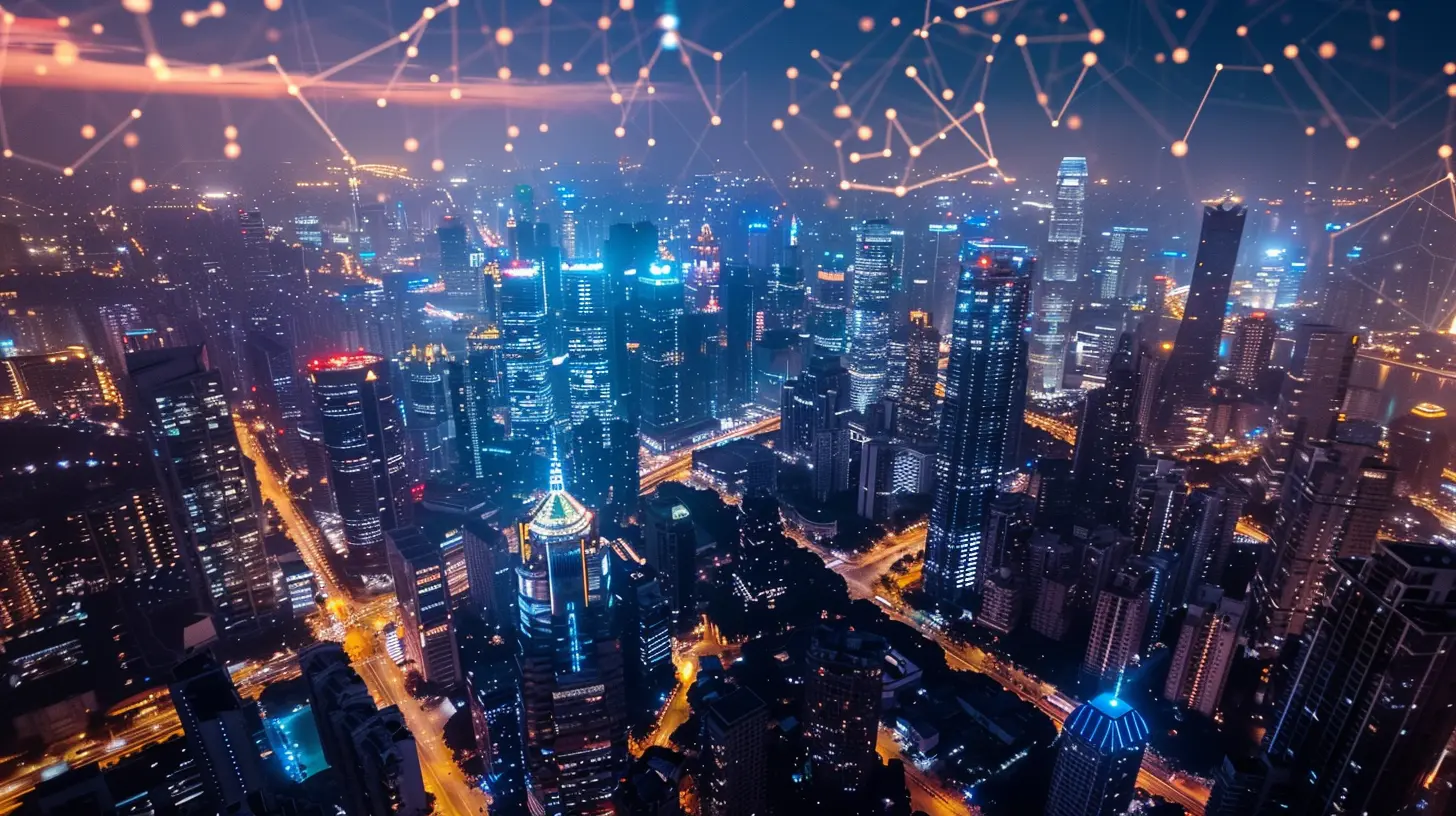
How Smart Grids Drive Renewable Energy Adoption
Real-Time Monitoring and Automation
Here’s where things get super high-tech. Smart grids have sensors and software that keep an eye on the energy system 24/7. When there's a surplus of solar power during the day, the grid knows. When a storm knocks out a line, the system reroutes electricity instantly.This real-time feedback and control make renewable energy more reliable and trustworthy — and that builds confidence for more users to make the switch.
Demand Response: A Fancy Way to Say “Use Power Wisely”
Smart grids encourage users (like you and me) to use electricity when there’s plenty of it — say, during a sunny afternoon when solar energy is flooding the grid. And they nudge us to cut back during peak demand times.How? Through automated systems and incentives. Maybe your dishwasher runs at 2 a.m. when wind energy is abundant. That’s smart — and also kind of magical.
Integration with Energy Storage
One of the big knocks against renewables? They don’t work all the time. But pair them with energy storage—like home batteries or large grid-scale ones—and you’re golden. The smart grid handles this too.It knows when to charge batteries and when to draw from them, without anyone lifting a finger. This means renewable energy can work even when the sun is down or the wind’s taking a nap.
Decentralized Power Generation
Smart grids make it easier for more people to become energy producers instead of just consumers. Got extra solar power from your panels? Sell it back to the grid. In the past, that was a logistical nightmare. Today? Smart meters and digital controls make it seamless.This peer-to-peer energy exchange is growing, and smart grids are at the heart of it.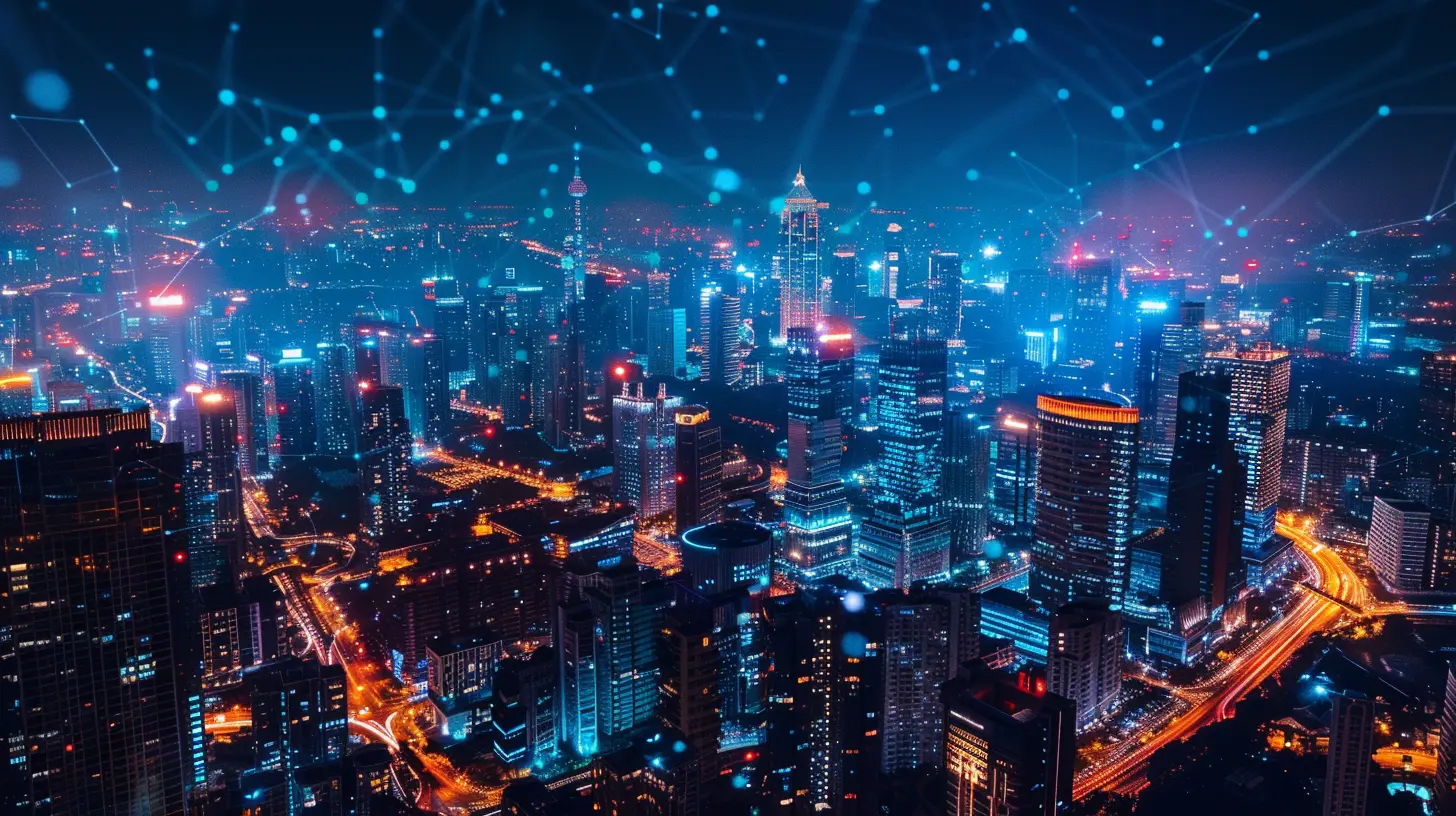
The Benefits Are More Than Just Technical
Cleaner Energy, Cleaner Planet
Let’s not forget the big goal: cutting down carbon emissions. By making renewable energy more practical and reliable, smart grids help reduce our dependence on polluting fossil fuels. Fewer emissions, cleaner air, happier planet.Lower Costs for Everyone
Energy efficiency is one of the unsung heroes of the smart grid revolution. By minimizing waste and smoothing out demand, smart grids can prevent the need for expensive power plants or emergency energy buys. And those savings? They often trickle down to your energy bill.More Resilience Against Outages
Climate change is bringing more extreme weather events. Traditional grids are fragile. Smart grids are designed to detect faults, respond quickly, and even isolate problems before they cause blackouts. That’s huge for emergencies.Real-World Examples of Smart Grids in Action
United States
In places like California, smart grid investments are supporting massive integration of solar power. Utilities are using advanced analytics and automation to handle high levels of renewable energy while keeping the lights on.Europe
Countries like Germany and Denmark are leading the way in renewable energy—and their smart grid infrastructure is a big reason why. They're using demand response programs, energy storage, and digital tools to manage a complex energy ecosystem.Asia
In India and China, smart grids are helping connect remote off-grid areas and integrate solar microgrids. This is not just about clean energy — it’s about bringing electricity to people who’ve never had it.Challenges Smart Grids Still Face
Sure, smart grids are a game-changer, but they’re not a magic bullet. There are still hurdles to clear.High Upfront Costs
Building a smart grid system doesn’t come cheap. Sensors, software, communication infrastructure — it adds up. But over time, the savings in efficiency and reliability pay off.Cybersecurity Risks
More digital tech means more exposure to cyber threats. Keeping smart grids safe from hackers is a priority that must be baked into the design.Regulatory and Policy Barriers
Sometimes, the biggest roadblocks are rules that haven’t caught up with the tech. Outdated regulations can slow down deployment and innovation.The Future: Where Smart Grids and Renewables Go Hand in Hand
Picture this: a world where homes have solar panels and battery storage, where electric vehicles double as mobile power banks, and where AI manages energy use smartly and silently in the background. That’s not sci-fi — it’s the smart grid future.As we face the urgent challenge of climate change, smart grids offer a real, tangible way to make renewable energy the backbone of our power system. They’re not just an add-on; they’re the nervous system that connects it all.
With the right investments, policies, and public awareness, we can accelerate this transition and build an energy system that’s sustainable, efficient, and — let’s face it — way cooler than what we’ve had before.
Wrapping It All Up
So, what’s the takeaway here?Smart grids aren’t just another tech trend—they’re the silent heroes making renewable energy work. They bring intelligence and adaptability to a power system that desperately needs both. They help us overcome the inconsistency of renewables and unlock their full potential.
If we’re serious about a cleaner, smarter, and more resilient energy future, smart grids are the key. The sooner we empower our grids, the sooner we can truly power our planet with the energy sources we’ve always dreamed of.
The revolution is already underway — and it’s time we all got smarter about our energy.
all images in this post were generated using AI tools
Category:
Environmental TechAuthor:

Jerry Graham
Discussion
rate this article
2 comments
Vanya Whitley
Smart grids are like the cool kids at the renewable energy party—always connecting and sharing the best vibes! With them, we can all power up our eco-friendly choices without tripping over each other’s power cords!
December 3, 2025 at 4:47 AM
Ariana McNaughton
Great insights on our energy future!
November 26, 2025 at 6:00 AM
